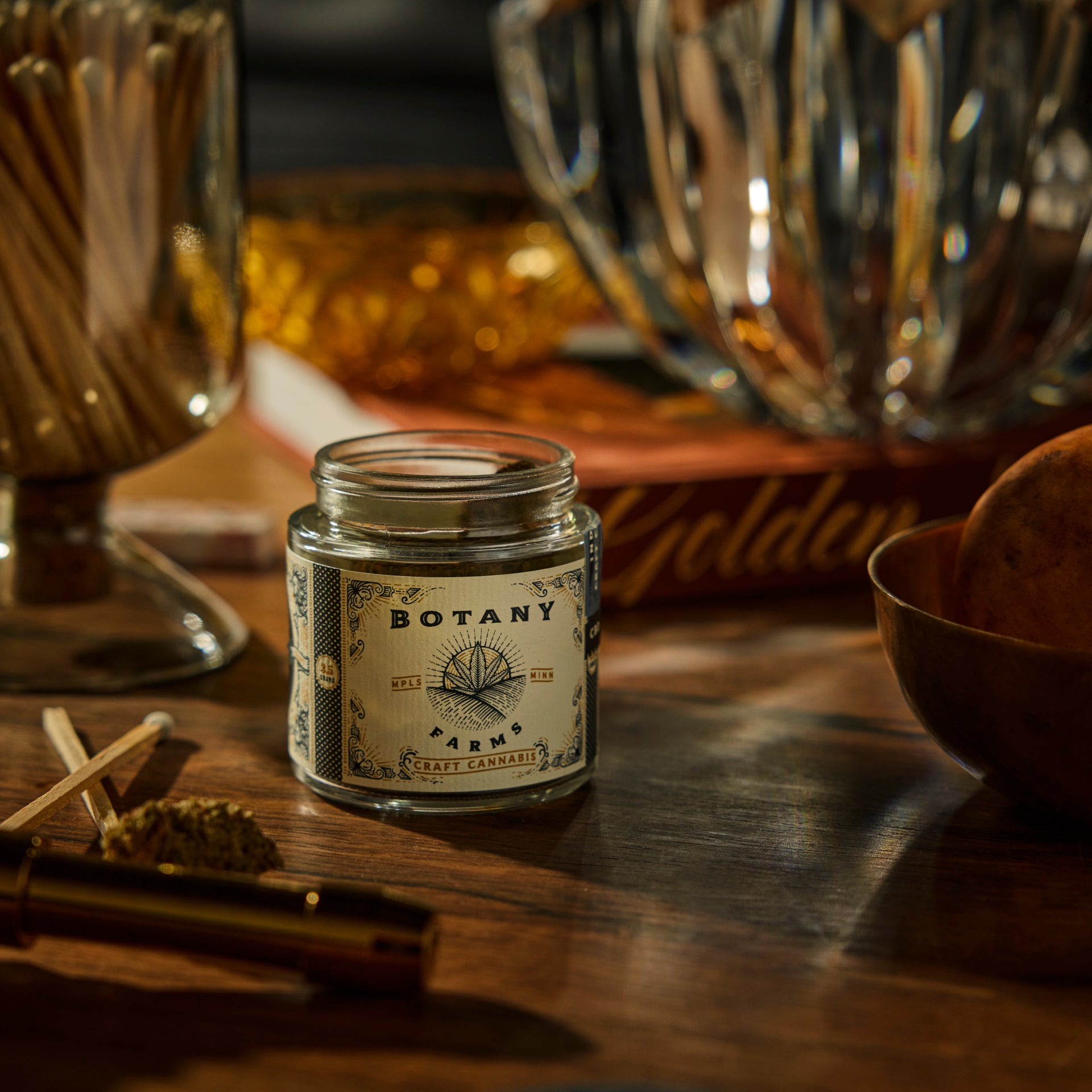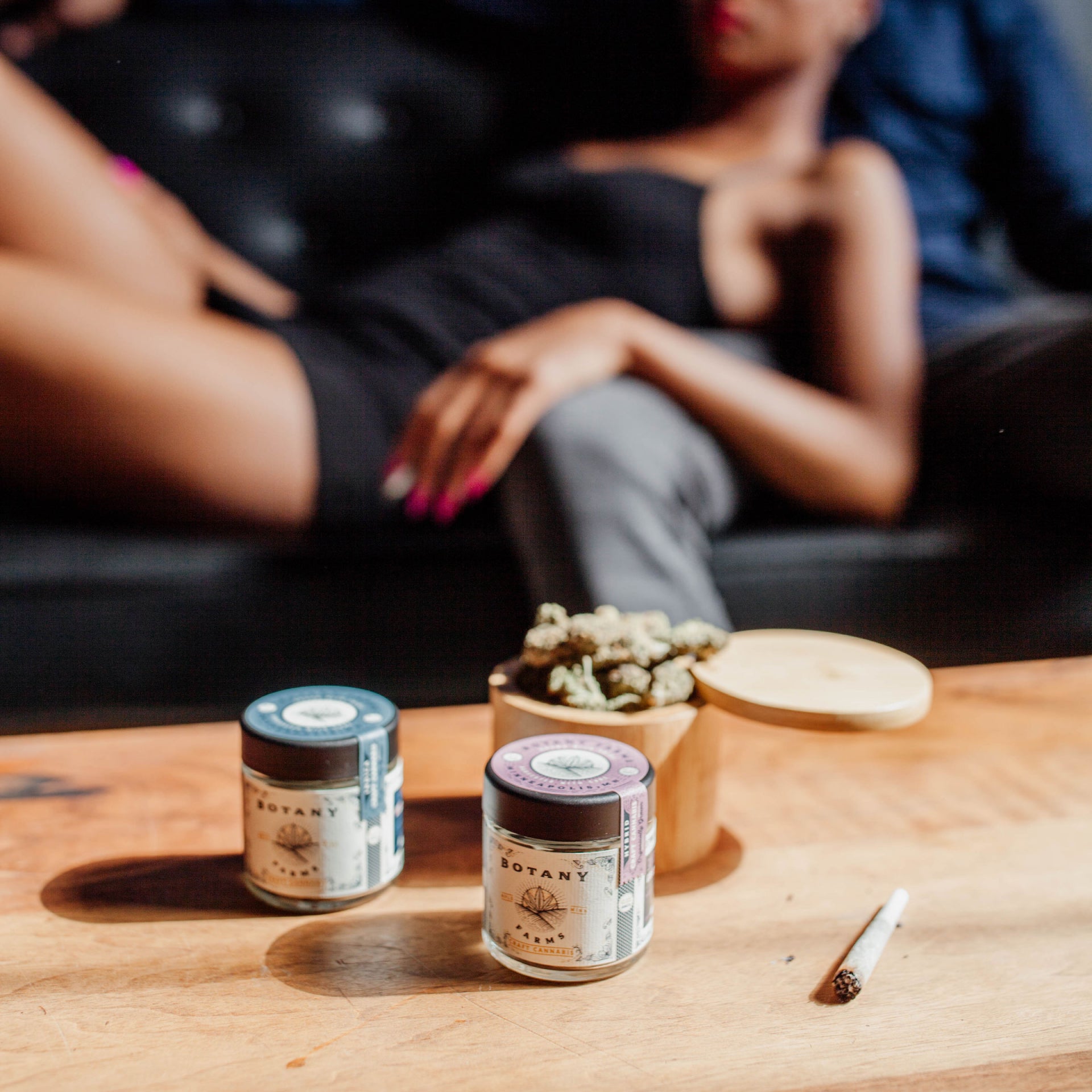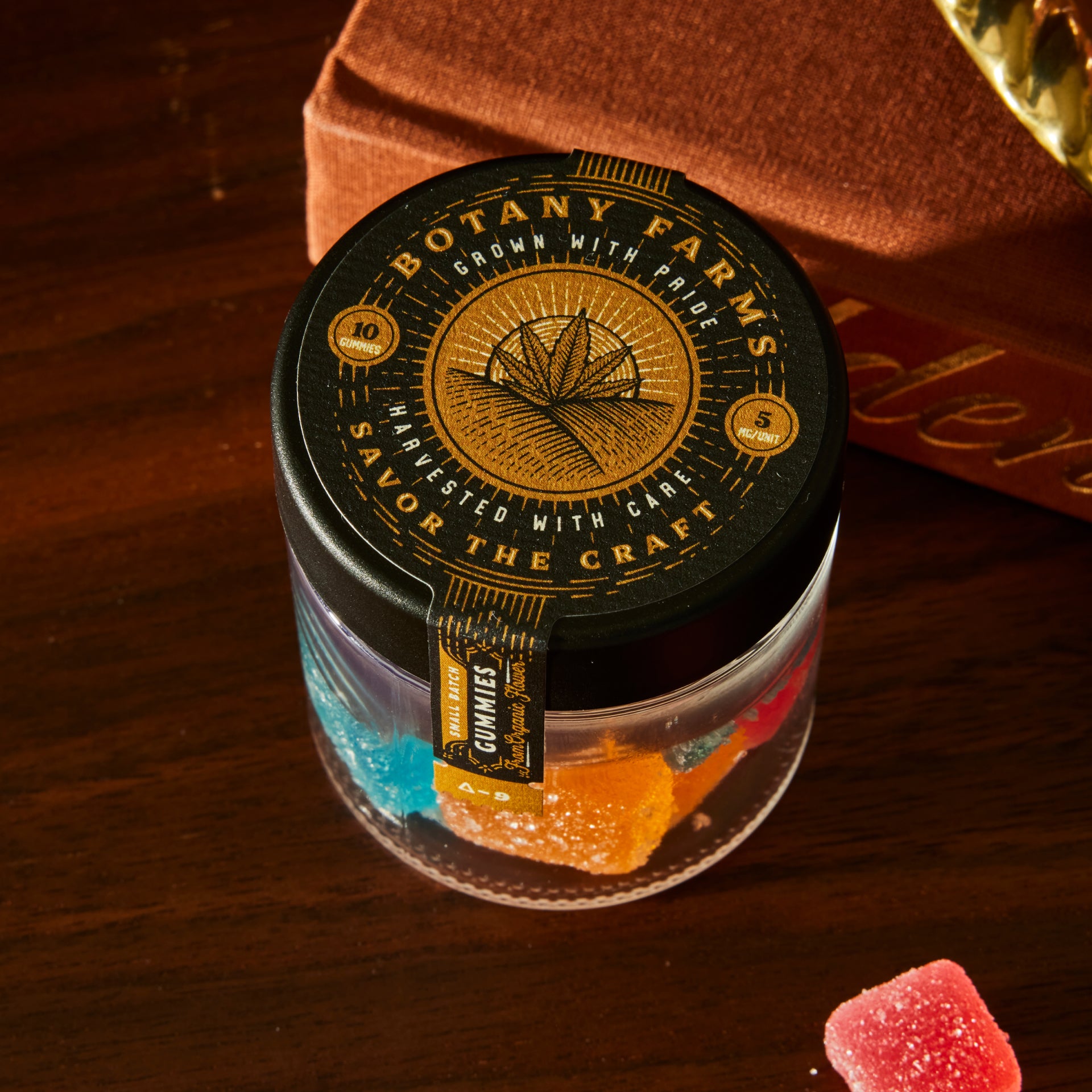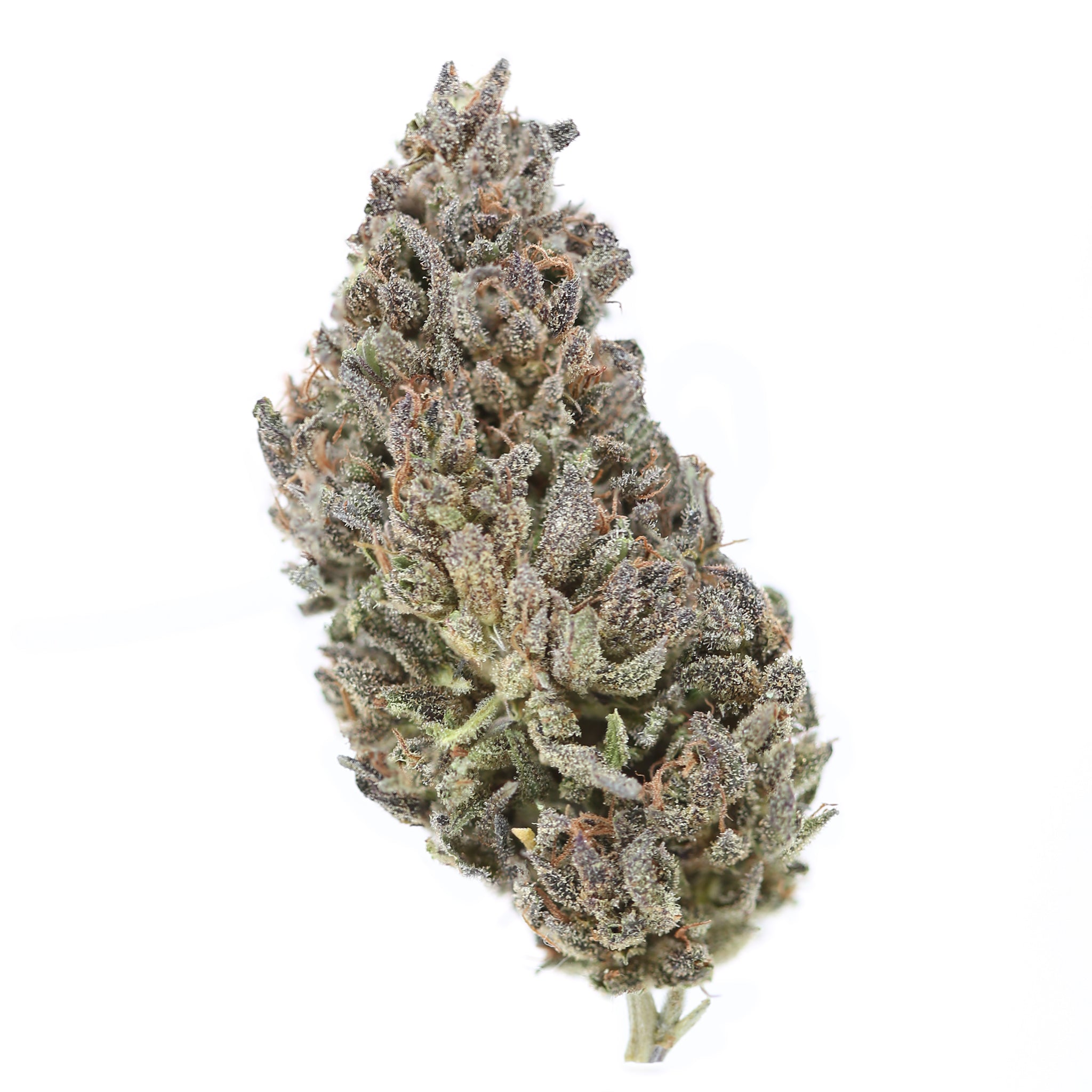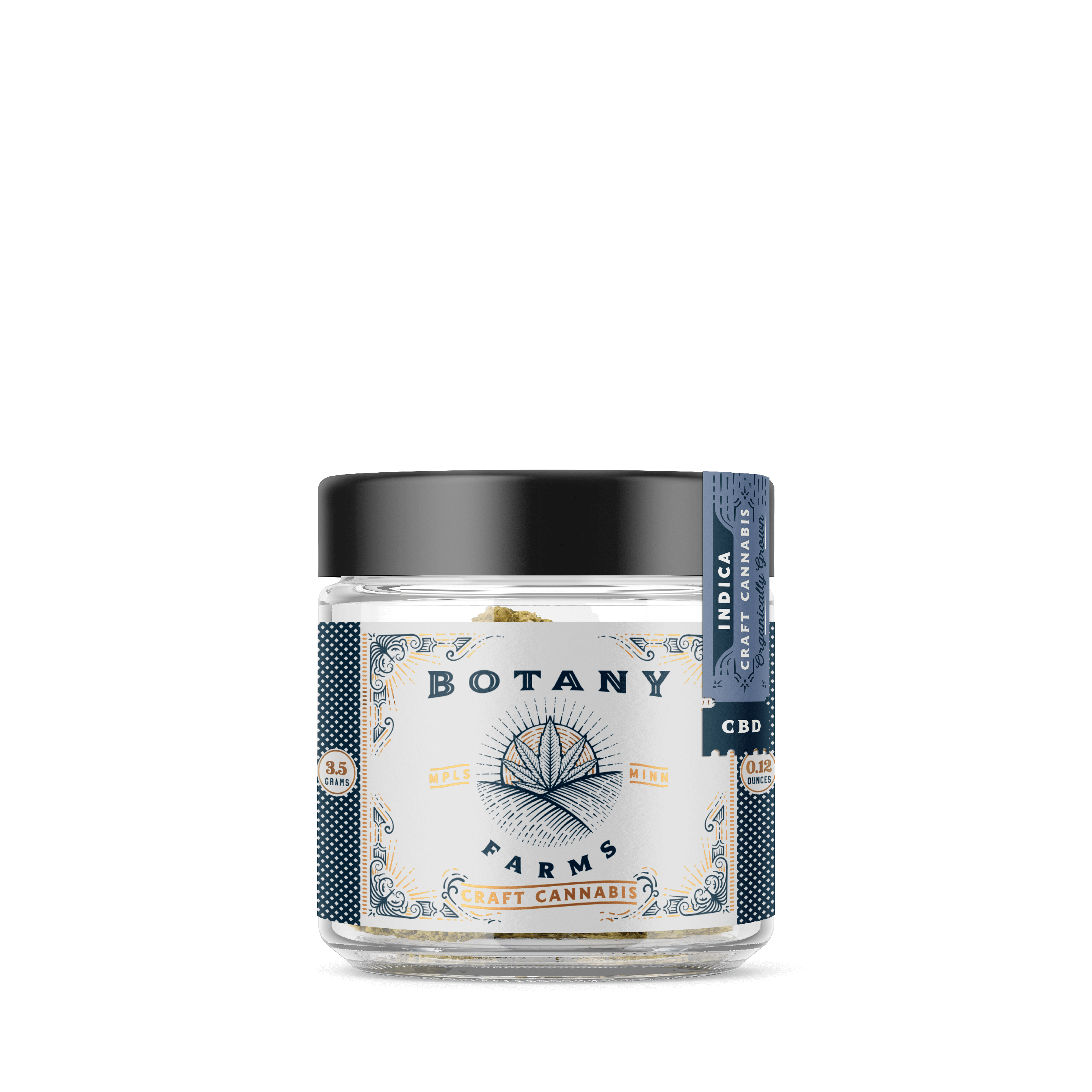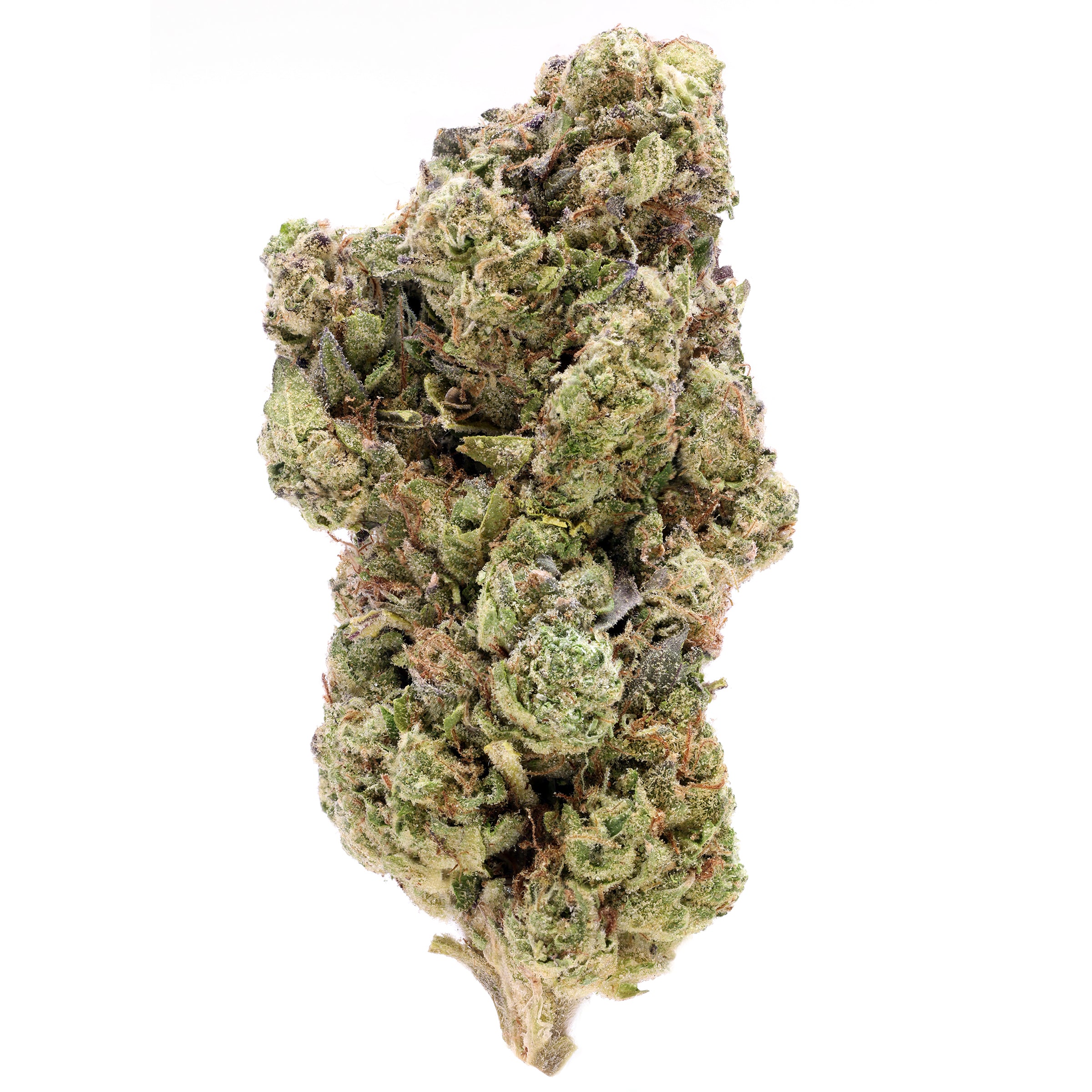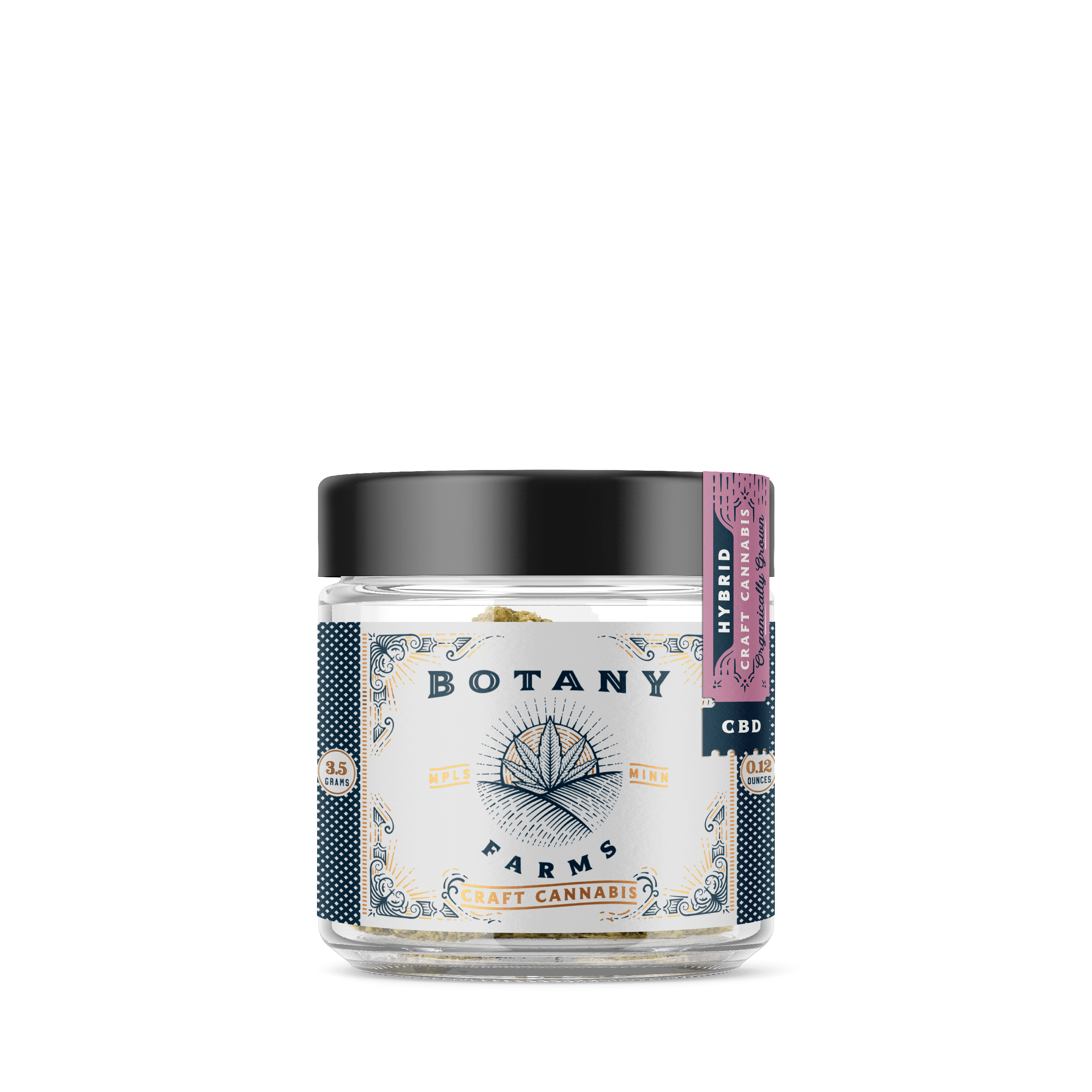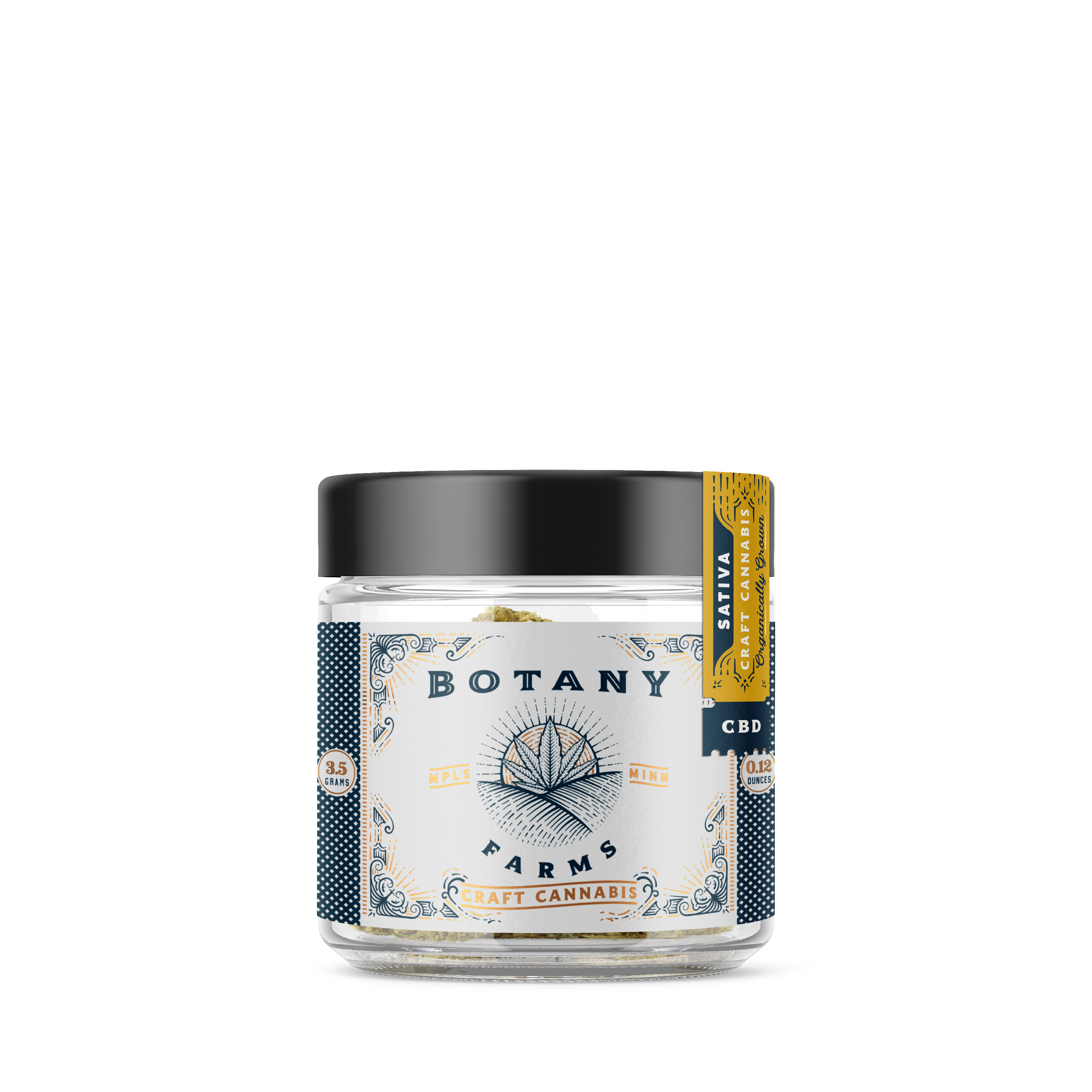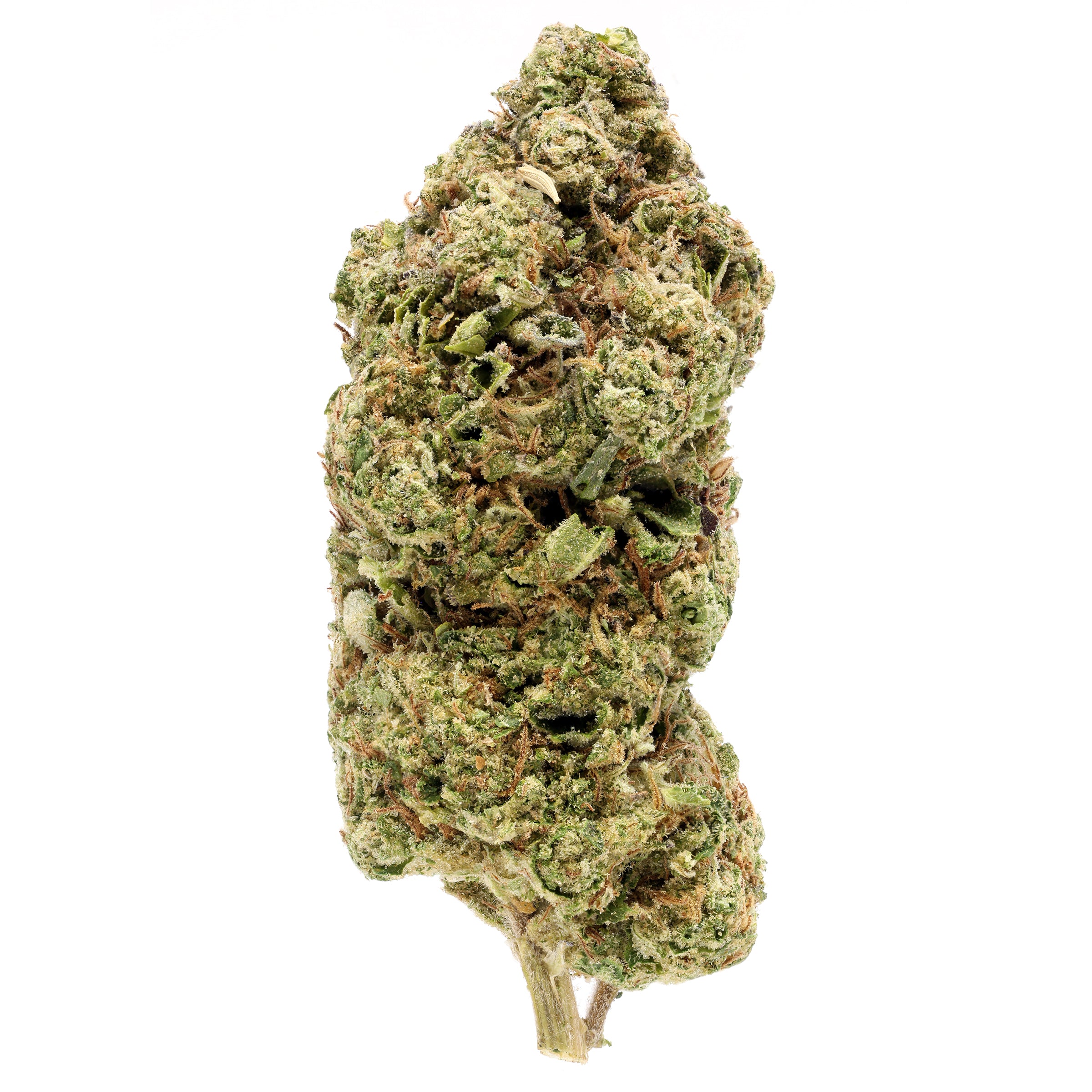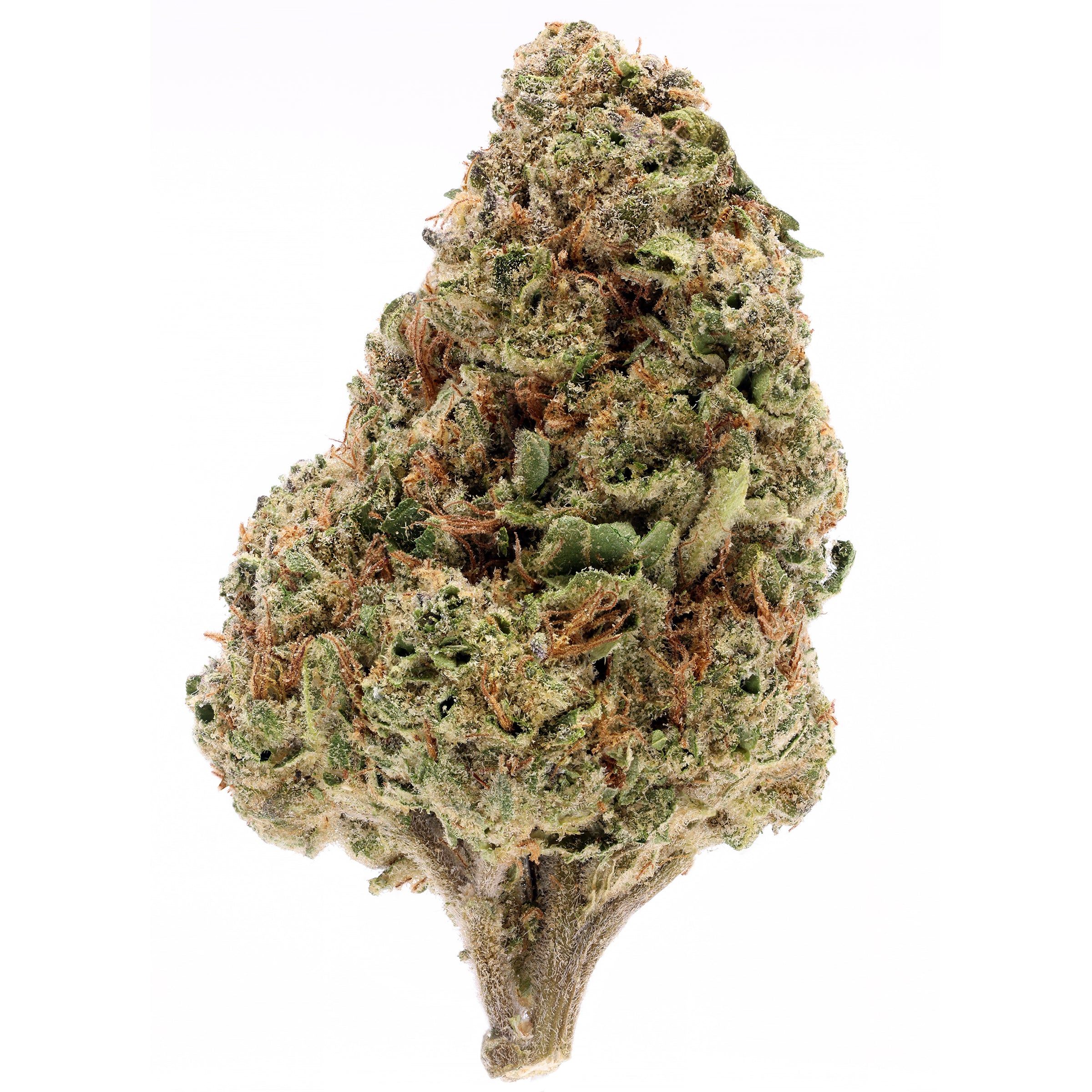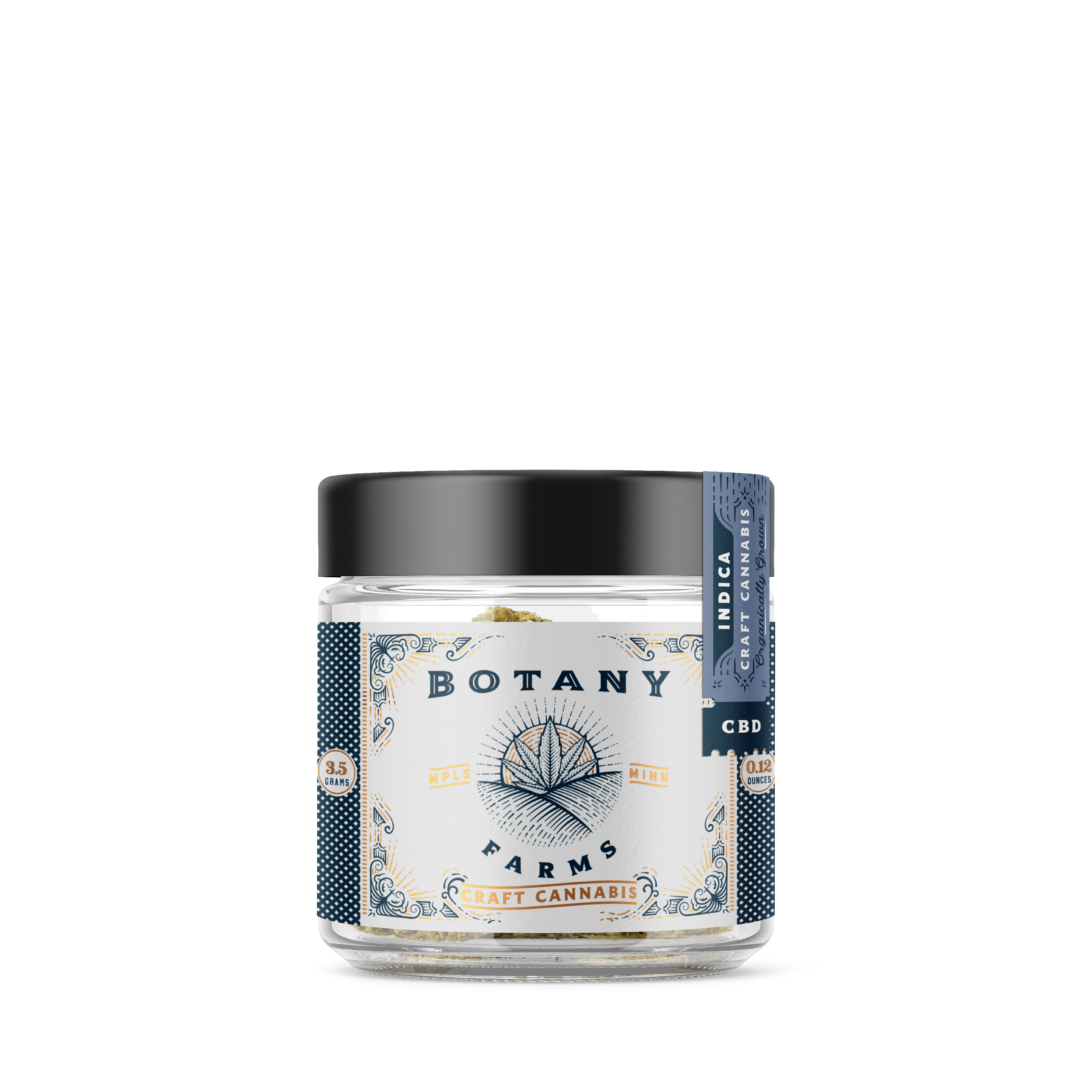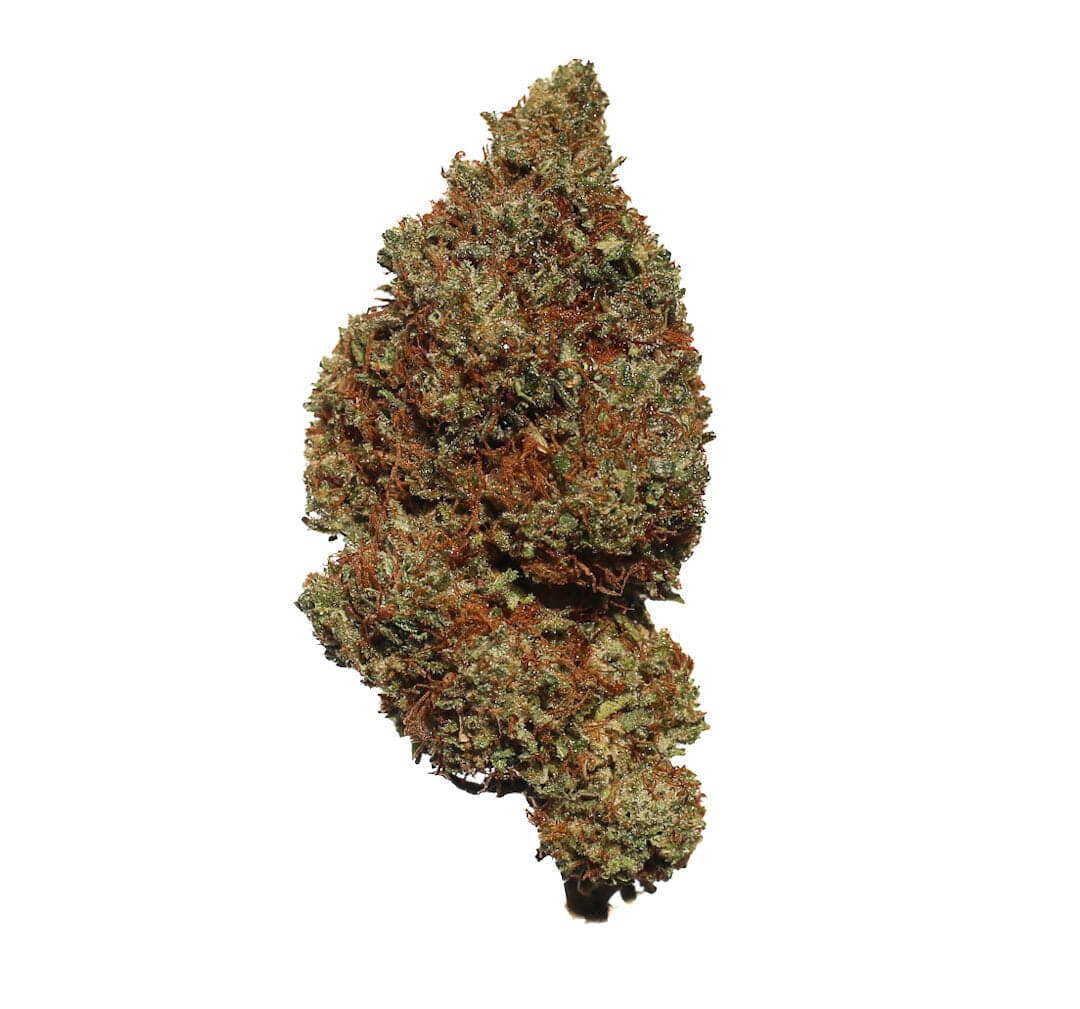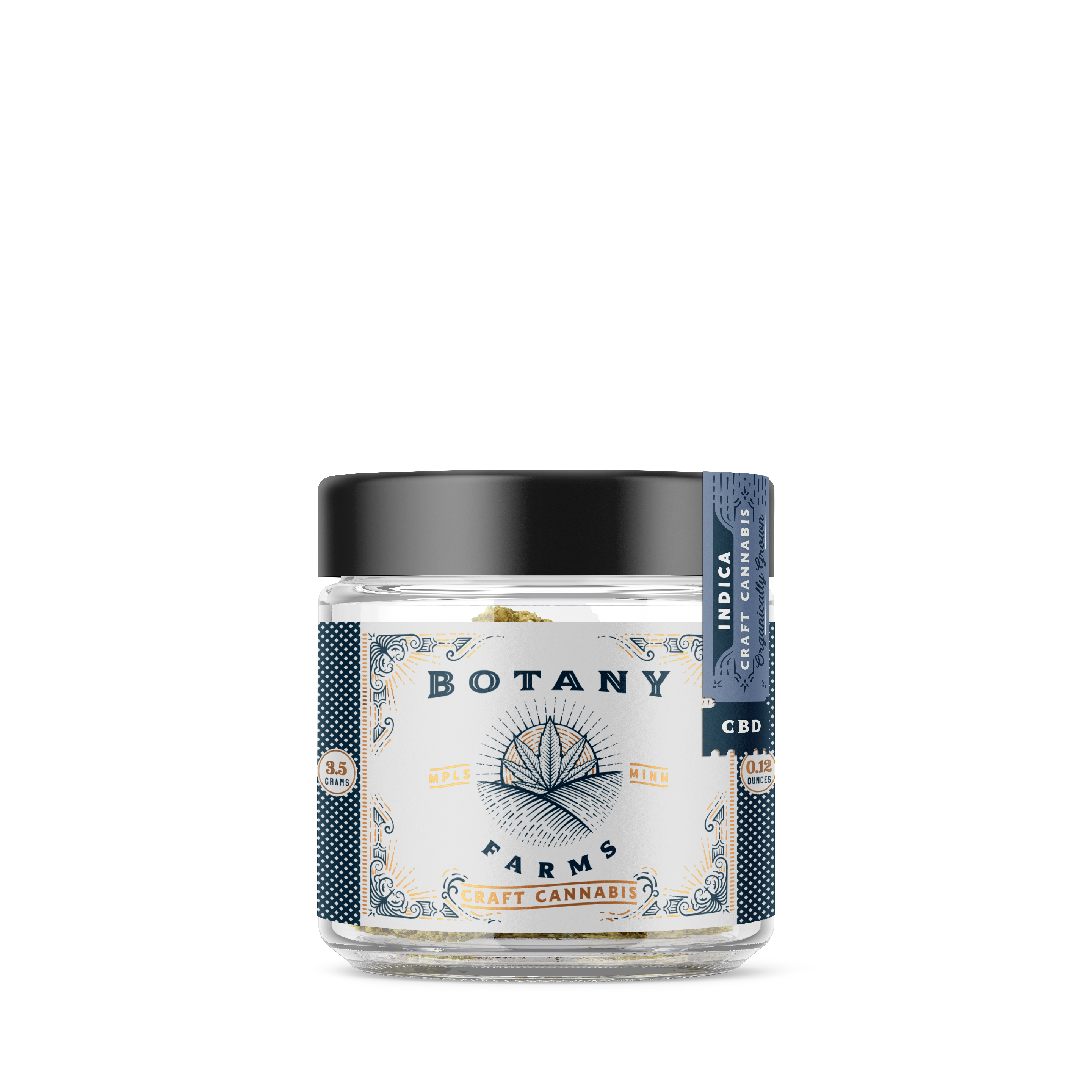If you've browsed concentrate products like rosin, shatter, hash, crumble, live resin, and cured resin recently, you may have noticed that the two are different. But what are they? And is one better than the other? Let's try to get to the bottom of these exciting concentrates.
New to live resin? Check out our favorite products.
What is Cannabis Resin?
Cannabis resin is a thick, sticky substance containing cannabinoids and terpenes found in cannabis. It’s the dried and concentrated form of trichomes, the tiny hair-like structures on the plant. The cannabis resin comprises various compounds, including cannabinoids (THC, CBD), terpenes (limonene), flavonoids, and other compounds of the cannabis plant. Although there are many different types of cannabis products available today, the most common method for extracting resin from cannabis is through a solvent extraction process called “resinification” or “retorting." It involves heating the trichome heads until they release their contents into an alcohol solution where they can be separated from other plant matter. The types of cannabis resin:- Hash
- Budder
- Wax
What is Live Resin?
Live Resin is a term used to describe hash that has been extracted from fresh, frozen or dried cannabis plants. Live Resin is known for its high terpene content, which contributes to its unique flavor and aroma. Live resin is typically made by extracting the trichomes from fresh cannabis with ice water. The resulting product can be used on its own or with other concentrates like kief or hash. Live Resin should not be confused with Cannabis Extract Oil (CO2), a highly refined form of oil extracted from the plant containing little to no terpenes.Live Resin Effects
The effects experienced when consuming live resin are typically described as being more energetic and upbeat. The live resin is made from fresh cannabis flowers, which have not yet been fully cured. The effects of live resin can also be more intense than those experienced with cured cannabis buds because there is a higher concentration of THC in live resin than in cured cannabis buds. The short-term effects of consuming live resin include:- Euphoria
- Increased energy levels
- Stimulation of the mind and body
- The long-term effects of consuming live resin include:
- Reduction in anxiety and depression
How to Make Live Resin
Making live resin is a relatively simple process. However, it does require some specialized equipment and materials. The first thing you need for making live resin is a CO2 extractor. This can be either an industrial-sized machine or a smaller one. Either way, the extractor needs to produce high-quality CO2 concentrates that can be used in vape pens and other devices. The next thing you'll need is some bud or hash oil to make the live resin from. This can be any type of cannabis concentrate, but it should have high levels of THC (the psychoactive component) and CBD (the non-psychoactive component). Next, all you have to do is add these two ingredients together at room temperature until they melt into a thick liquid form known as "live resin." It's important to note that there are many different ways to make live resin. Some people use ice water, but this method works best if you want a consistent product every time. Start by putting your cannabis concentrate into a glass container and covering it with CO2 oil. You can use any type of CO2 oil for this step - whether it's made from cannabis or another substance - as long as it has high concentrations of THC and CBD. The aim here is to dilute the concentrated THC/CBD oils into something that will flow better when heated up later in the process. Once your cannabis concentrate has been mixed with CO2 oil, put the glass container into an oven set at 100 °C (212 °F) for about an hour or two. This will cause all of the THC and CBD to evaporate off the surface of the live resin, leaving behind a solid chunk of wax that looks like dark brown glass. Remove this chunk from the oven and place it in a strainer over a bowl to catch any residual liquid inside. To keep your live resin from getting contaminated with foreign substances, make sure not to touch or move it while it's still hot — this will also help keep it from sticking together until you're ready to use it later on in the process.Is Live Resin Legal?
The question of whether the live resin is legal depends on where you are located and what state law says about cannabis concentrates. In many states where cannabis is legal, it's illegal for retailers to sell non-standardized products like live resin because they're considered "edibles" rather than "products."What is Cured Resin?
Cured resin is more commonly known as “shatter” or “BHO” (butane hash oil). It’s made by extracting THC and other cannabinoids from the cannabis plant using butane gas or CO2, then purging all the remaining butane from the extract. The final product is a clear, glassy substance with significantly higher potency than flower. Curing your BHO before vaporizing will produce better results than vaping it fresh from the extraction process. When curing your BHO, you are removing any remaining fats, lipids, and waxes that would otherwise gunk up your vaporizer screen over time. This also allows you to achieve an ideal consistency at room temperature.Cured Resin Effects
The effects of cured resin are similar to those of cannabis, except that they may be more intense. The THC concentration in BHO is much higher than in dried buds, so users experience a more powerful high. The exact amount of THC varies depending on how it was prepared and what type of cannabis was used to make it.How to Make Cured Resin
The process of making BHO requires the use of a solvent like butane to strip the cannabinoids from the plant material. Butane can be dangerous if not handled properly and safely disposed of. So it’s important to follow these steps carefully to ensure that you are making a safe product that won't harm you or anyone around you. How to Make Cured Resin:- Grind up your weed into small pieces using either a grinder or blender. It should present as a fine kief without having any stems in it.
- Place your ground-up weed into one end of your canning jar and pack it until it's full with no air pockets remaining. Then put on the lid and shake vigorously for about 5 minutes until all the material has been mixed thoroughly into an even consistency. This may take longer, depending on how much material you're working with.
- Open up one end of the canning jar and pour in some butane until it's about 1/3 full. Make sure you're using pure butane and not some other fuel type. Close the lid while taking care not to inhale the fumes, then shake vigorously for another 5 minutes until all the material has been mixed thoroughly into an even consistency throughout the jar's contents (this may take longer depending on how much material you're working with).




